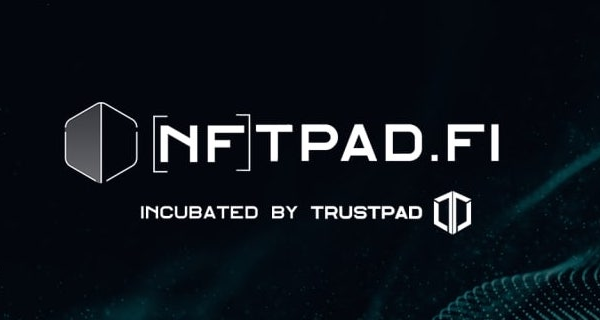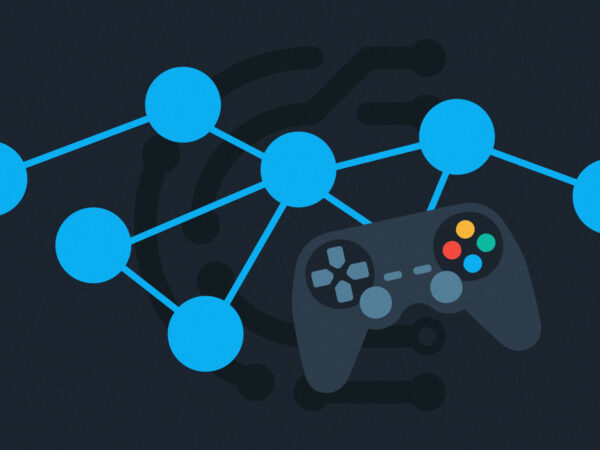The Future of eSports in an NFT-Driven Gaming World
Introduction
Gaming has always been about more than just entertainment. It’s about building communities, achieving status, and unlocking rewards that keep players coming back for more. In recent years, the world of NFT gaming has burst into the spotlight, adding a new layer of ownership and value to digital assets. Non-fungible tokens (NFTs), powered by blockchain technology, allow gamers to own, trade, and monetize their in-game items in ways traditional gaming never could.
This shift has raised an exciting question: what happens when eSports—already a billion-dollar global industry—integrates with NFT gaming? Suddenly, competitive gaming isn’t just about glory, rankings, or prize pools—it’s about building digital economies where players, teams, and fans can all participate financially. The blending of NFTs and eSports could redefine not only how games are played, but also how players and communities thrive together in the digital world.
See more: NFT LaunchPad – a 2022 Review
What Is Play-to-Earn?
At the heart of the NFT gaming revolution is the play-to-earn (P2E) model. Unlike traditional games, where players grind for items they can never truly own, P2E games give players tangible rewards that can be exchanged for real-world value.
Here’s how it works:
- Players complete tasks, battles, or quests to earn tokens or NFTs.
- These NFTs can represent characters, weapons, skins, or even pieces of virtual land.
- Because they are blockchain-based, these items can be traded, sold, or loaned to other players on decentralized marketplaces.
Take Axie Infinity, for example. It pioneered the concept by letting players breed and battle digital creatures called Axies. Each Axie is an NFT that can be sold, sometimes for hundreds or even thousands of dollars. In countries like the Philippines, P2E gaming became a legitimate side income for many during the pandemic.
This model is radically different from traditional gaming economies, where in-game purchases only benefit the developer. With P2E, players have skin in the game—literally.
How NFTs Add Value to Gaming
NFTs don’t just serve as collectibles; they introduce real-world value into gaming ecosystems. The key lies in ownership.
- True Digital Ownership
Traditionally, your rare skin or legendary weapon belongs to the publisher, not you. If the game shuts down, your investment disappears. NFTs solve this by giving players blockchain-backed ownership that extends beyond the game itself. - Trading Opportunities
NFTs can be freely traded across different platforms, turning gaming into a marketplace. Imagine winning a rare digital sword in one game and then selling it for cryptocurrency to fund your next gaming adventure. - Scarcity and Value Creation
Just like limited-edition sneakers or trading cards, NFT assets are scarce. This scarcity creates value, collectability, and prestige within gaming communities.
For eSports, this is game-changing. Imagine owning a unique in-game jersey worn by your favorite professional gamer during a championship. It’s no longer just a piece of digital clothing—it’s a piece of history you can own, trade, or showcase.
The Rise of Play-to-Earn Communities
NFT gaming isn’t just about individuals cashing out; it’s about communities working together to create thriving digital economies.
- Guilds and Teams
P2E games have given rise to gaming guilds, where experienced players lend NFTs to newcomers in exchange for shared profits. This model is called “scholarship programs” in Axie Infinity, allowing thousands of players to participate without upfront costs. - Fan Engagement in eSports
With NFTs, fans can invest in their favorite teams by purchasing digital collectibles, exclusive event tickets, or even governance tokens that let them influence team decisions. It’s the sports card era reinvented for the digital age. - Community-Driven Growth
Platforms like The Sandbox and Decentraland show how entire worlds can be built and governed by players. Here, NFTs aren’t just items—they’re building blocks for virtual societies.
This community-driven economy represents a massive cultural shift. Players aren’t just participants anymore; they’re co-creators and stakeholders.
Challenges and Concerns
As exciting as NFT gaming and its integration into eSports may sound, it isn’t without challenges.

- Market Volatility
The value of NFTs and cryptocurrencies can fluctuate wildly. What’s worth $1,000 today could be worth $100 tomorrow. This uncertainty makes it risky for players relying on P2E as income. - Scams and Fraud
Because NFTs are still relatively new, the industry is rife with scams, fake projects, and rug pulls. Players and investors must carefully vet projects before jumping in. - Environmental Concerns
The energy consumption of blockchain networks, particularly proof-of-work models, has raised environmental concerns. While many projects are shifting toward eco-friendly blockchains like Polygon or Solana, the stigma remains. - Barriers to Entry
High upfront costs in some P2E games can lock out newcomers. While guilds help mitigate this, the model isn’t always accessible for everyone.
For eSports organizations considering NFTs, these challenges must be carefully managed to avoid alienating fans or damaging reputations.
The Future of NFT Gaming in eSports
Despite the hurdles, the integration of NFTs into eSports seems inevitable—and potentially revolutionary.
- Monetization for Players and Teams
NFT-based sponsorships and collectible drops could create new revenue streams for players and organizations. Imagine limited-edition skins sold during major tournaments, with proceeds split between the developer, team, and players. - Enhanced Fan Experiences
Fans could buy NFTs that grant access to VIP virtual lounges, exclusive interviews, or behind-the-scenes training footage. The fan-player relationship could become more interactive and rewarding than ever before. - Cross-Game Assets
In the long run, interoperability might allow gamers to carry their NFT assets across multiple titles. Owning a digital trophy from one tournament could unlock benefits in entirely different games. - Mainstream Adoption
As blockchain technology becomes more user-friendly and eco-conscious, major publishers like Ubisoft and Square Enix are already exploring NFT integrations. It’s only a matter of time before we see full-scale adoption in eSports. - Global Opportunities
For developing countries, P2E and NFT-integrated eSports could provide new economic opportunities. With low barriers to global participation, gaming may become a viable career path for millions more worldwide.
Conclusion
The future of eSports in an NFT-driven gaming world is bright, bold, and transformative. While challenges like volatility and scams need to be addressed, the potential for innovation is enormous. NFTs introduce real ownership, community-driven economies, and new opportunities for players and fans alike.
We are moving toward a reality where digital victories translate into real-world rewards, and where fans don’t just watch eSports—they participate in the ecosystem itself.
As the lines between gaming, finance, and entertainment blur, one thing is certain: the combination of NFTs and eSports will create a new digital frontier—a world where play, profit, and passion come together like never before.










